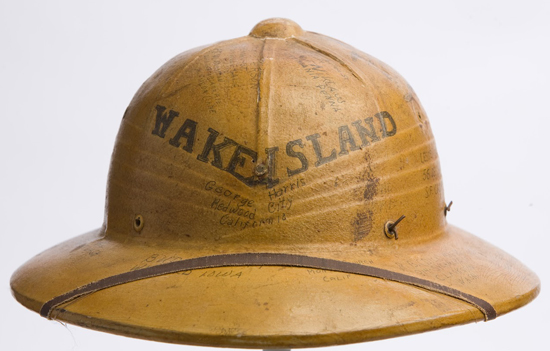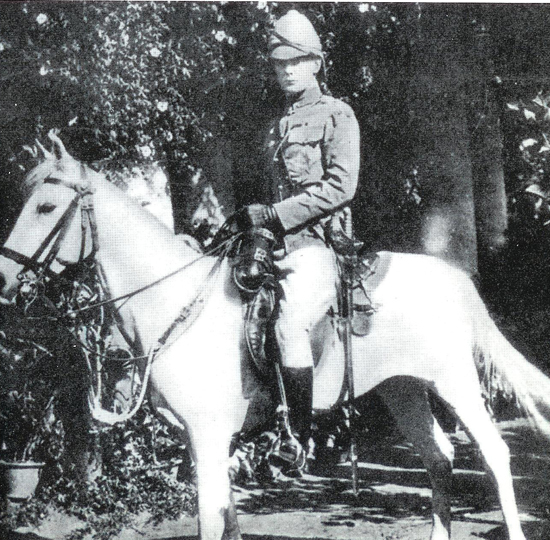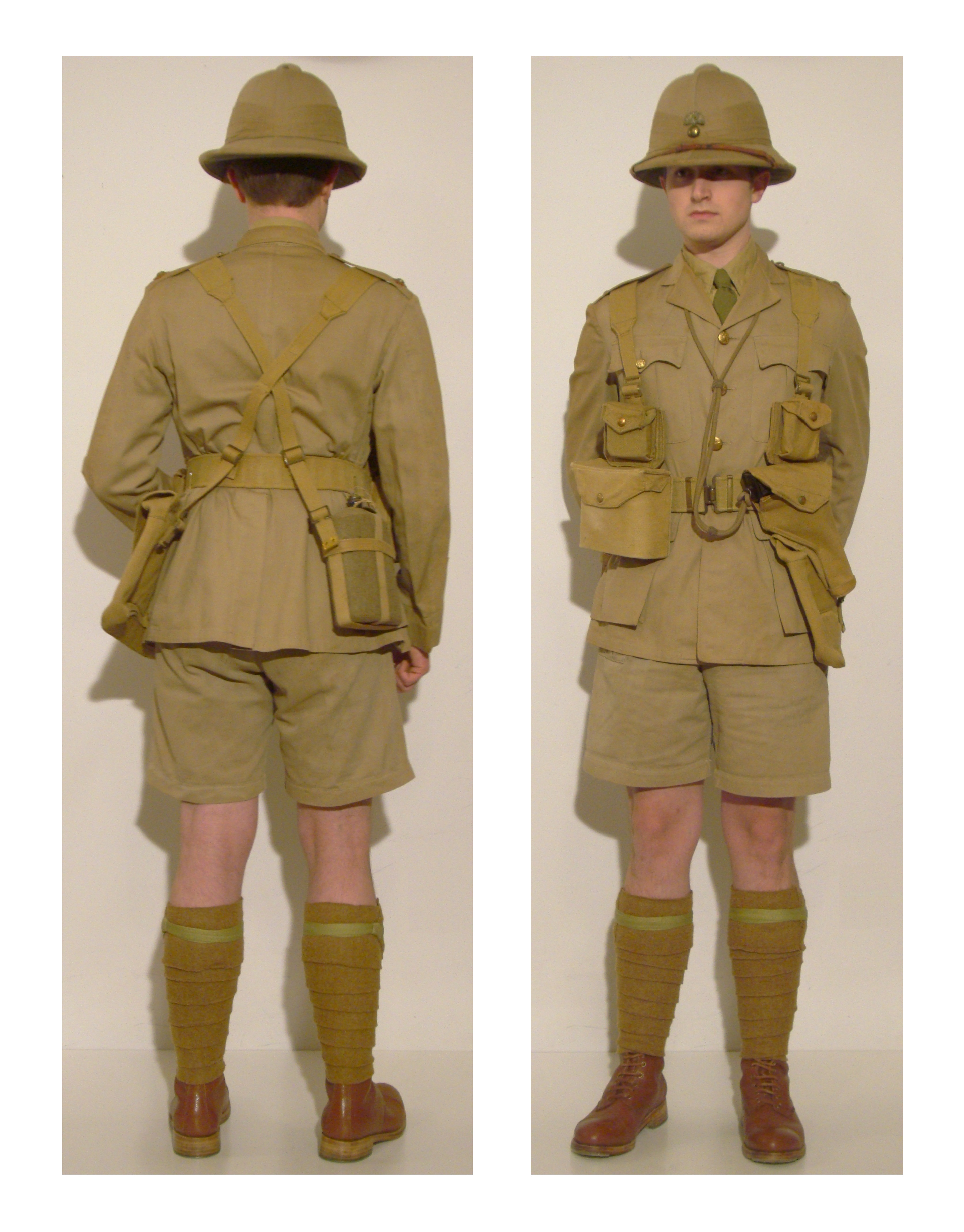 With the war in Europe going badly for the allies, it was deemed necessary to withdraw the British infantry battalion that usually garrisoned Jamaica and Bermuda to reinforce the heart of the Empire. The Dominion of Canada was asked to field a replacement battalion and agreed at once. ‘Y Force’, as it was known, arrived on May 27 and consisted of the Winnipeg Grenadiers, a machine-gun regiment. This force took up residence in the British base at Up Park Camp outside Kingston as well as the cantonment of Newcastle in the Blue Mountains. (Foster) Continue reading
With the war in Europe going badly for the allies, it was deemed necessary to withdraw the British infantry battalion that usually garrisoned Jamaica and Bermuda to reinforce the heart of the Empire. The Dominion of Canada was asked to field a replacement battalion and agreed at once. ‘Y Force’, as it was known, arrived on May 27 and consisted of the Winnipeg Grenadiers, a machine-gun regiment. This force took up residence in the British base at Up Park Camp outside Kingston as well as the cantonment of Newcastle in the Blue Mountains. (Foster) Continue reading
Tag Archives: World War II
Art of the Helmet
The American pressed fiber sun helmet that was introduced just prior to World War II, and remained in service well into the 1990s by some USN units has the distinction of being the longest continually used helmet in the American military history. The helmets aren’t typically hard to find either, and often lack little in character.
However as these examples can attest some owners knew how to give their helmets some personal style. Continue reading
Italian Straw Helmets
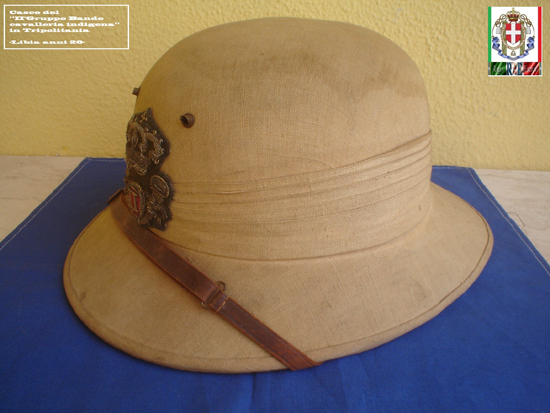
An Italian straw helmet produced by Radiconcini in Rome likely in the 1920s. This example features the “Light Cavalry” badge for the 2nd Irregular Native Troops in Libya. It is made in three layers : cotton gauze, aluminum insulation and straw.
A closer look at some Italian straw-made helmets from the Inter-war and World War II era. Continue reading
Japanese “Officers” Sun Helmet
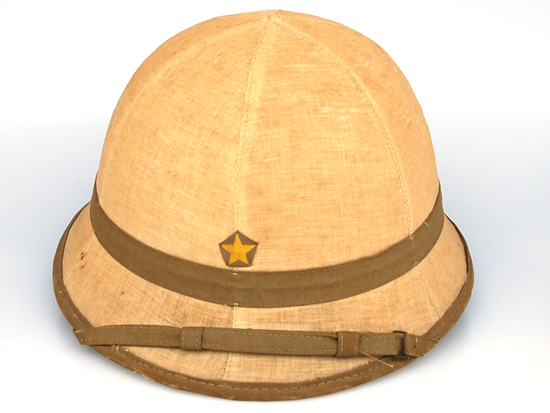 A unique variation of Japanese sun helmets used during World War II is one often referred to as “the officer’s pattern.” Why this particular helmet is considered to be an officer’s version is not known, but it is likely that it is because the character of Colonel Saito, the prison camp commandant in the film The Bridge on the River Kwai wore such a helmet. Continue reading
A unique variation of Japanese sun helmets used during World War II is one often referred to as “the officer’s pattern.” Why this particular helmet is considered to be an officer’s version is not known, but it is likely that it is because the character of Colonel Saito, the prison camp commandant in the film The Bridge on the River Kwai wore such a helmet. Continue reading
The British Soldier in Singapore (Circa 1941) Recreated
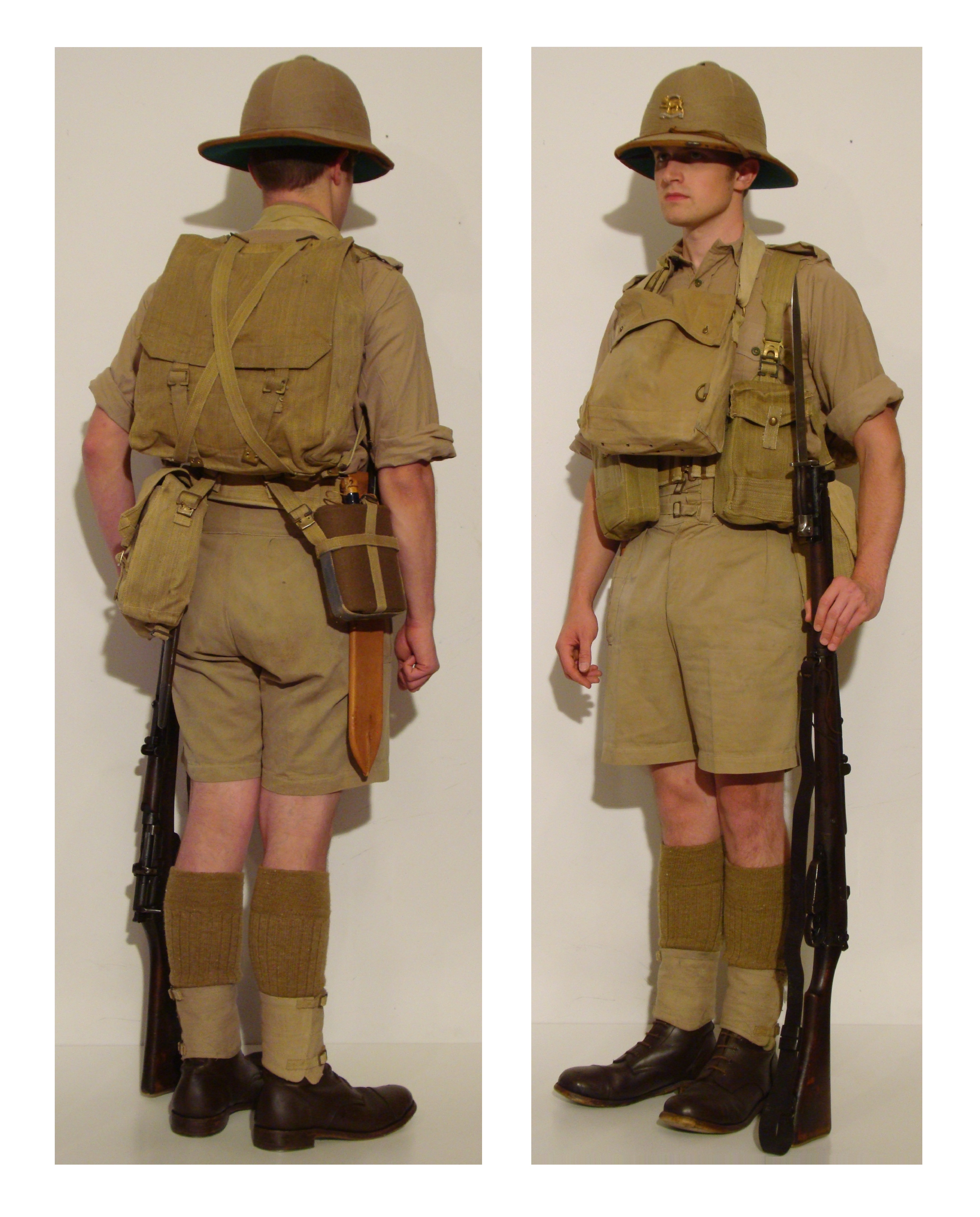 In 1919, Singapore was chosen as the most strategic location to construct a naval base to counter any move southward to India or Australia by the Empire of Japan. Throughout the 1920s and 30s, Singapore’s defenses were increased and the fortress became known as the ‘Gibraltar of the East’. By 1941 however, the Singapore garrison had been stripped bare to support the conflict raging in the West. (Singapore) Continue reading
In 1919, Singapore was chosen as the most strategic location to construct a naval base to counter any move southward to India or Australia by the Empire of Japan. Throughout the 1920s and 30s, Singapore’s defenses were increased and the fortress became known as the ‘Gibraltar of the East’. By 1941 however, the Singapore garrison had been stripped bare to support the conflict raging in the West. (Singapore) Continue reading
Winston in Pith Helmets
Sir Winston Churchill wore many hats in his life. He was a writer, scholar, soldier, politician, painter and above all English gentleman. Winston as he was often known by friend and foe alike was a Victorian soldier of the Queen, a First World War Lord of the Admiralty and, of course, during the Second World War the Prime Minister.
His most famous hat was his Bowker, but he also sported a Homburg hat as often, and as a soldier wore visor caps and in France in World War I a steel helmet. But of course we remember Mr. Churchill in many a sun helmet! Continue reading
The South African Soldier (Circa 1940) Recreated
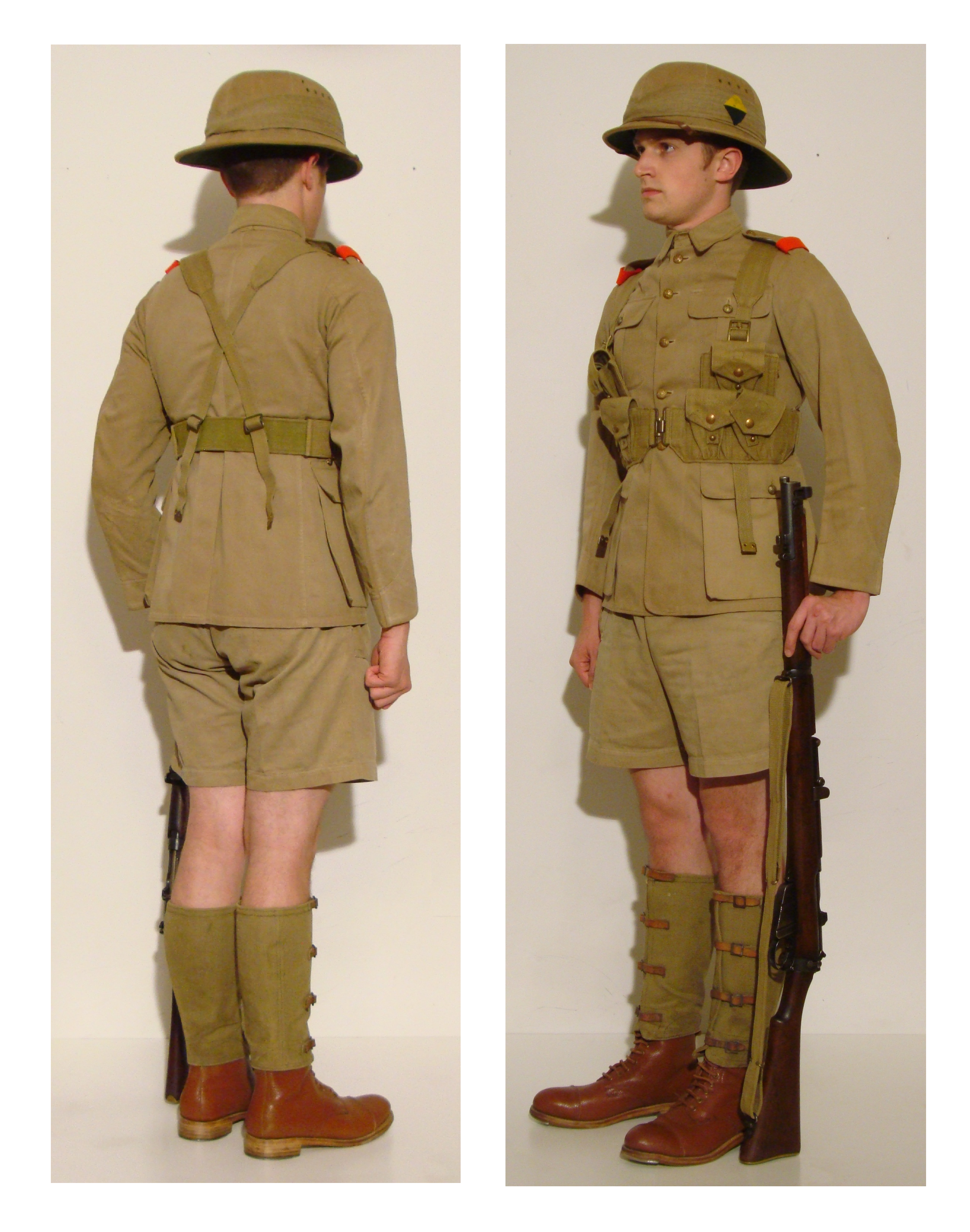 The Union of South Africa’s entry into the Second World War in 1939 caused much controversy among its divided population, and in particular among Afrikaaners. This was in large part due to General Smuts’ defeat of Prime Minister Hertzog’s call for South African neutrality in parliament.
The Union of South Africa’s entry into the Second World War in 1939 caused much controversy among its divided population, and in particular among Afrikaaners. This was in large part due to General Smuts’ defeat of Prime Minister Hertzog’s call for South African neutrality in parliament.
Given the tense climate, Smuts did not introduce conscription to fill the ranks of South Africa’s military, the Union Defence Force, but instead relied on volunteers. The South African Defence Act also prevented this force from serving outside the borders of the Union. To circumvent this limitation, UDF volunteers took an oath to serve anywhere in Africa which entitled them to wear orange/red strips known as ‘red tabs.’ 1,2

